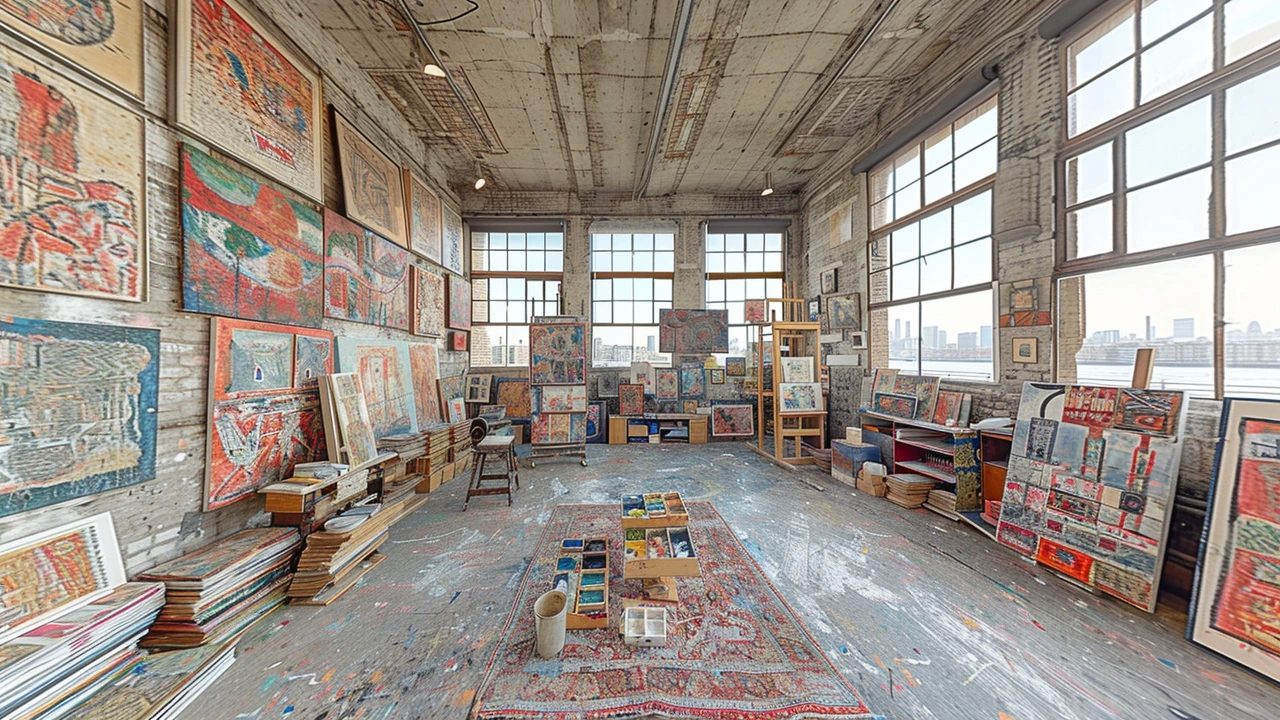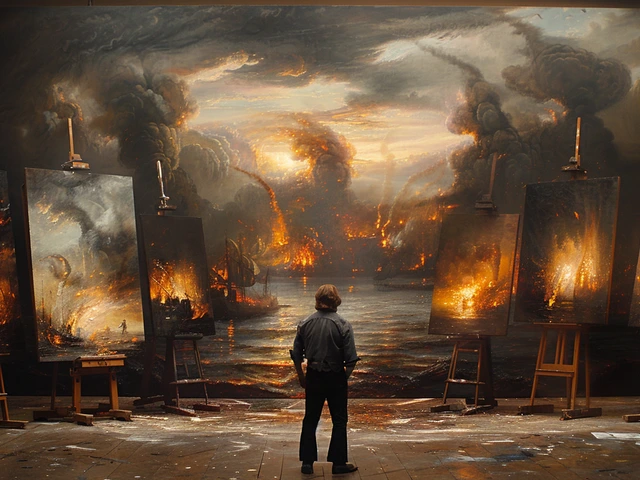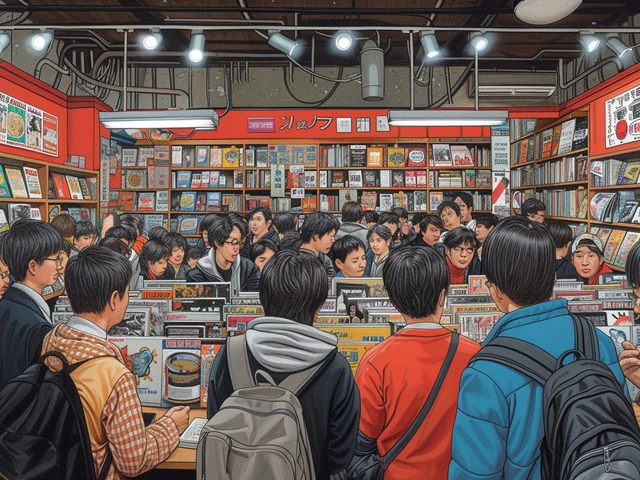Cubism stands as a revolutionary art movement that commenced in the early 20th century, spearheaded by Pablo Picasso and Georges Braque. This innovative style broke away from the traditional representation of three-dimensional objects and instead used geometric shapes to depict subjects from multiple angles.
The inception of Cubism marks a significant departure from the norms of visual representation. It is not just an art movement; it symbolized a profound questioning and reshaping of the very notion of how art should mirror reality. By fragmenting objects and scenes, Cubists offered viewers an opportunity to engage with art on a more intellectual level, piecing together the multiple facets themselves.
Origins of Cubism
The seeds of Cubism were sown at the dawn of the 20th century, a period rife with scientific discoveries and philosophical inquiries that questioned conventional views of reality. Artists, intellectuals, and scientists alike were exploring dimensions beyond the known. It was in this context that Pablo Picasso and Georges Braque, both young, ambitious painters in Paris, began experimenting with a new visual language.
This radical approach to art emerged distinctly by 1907, influenced heavily by African tribal art, which Picasso had encountered at the ethnographic museum in Paris, the Palais du Trocadero. The Iberian sculptures, with their simplified, geometric forms, also played a crucial role in shaping the aesthetic of Cubism. Moreover, the works of Paul Cezanne, who emphasized the underlying architecture of nature through planes and facets, greatly inspired Picasso and Braque. Cezanne's dictum, "treat nature by the cylinder, the sphere, the cone," essentially set the geometric foundation that Cubism would be built upon.
By 1908, the term "Cubism" was coined by art critic Louis Vauxcelles when he described Braque's work as comprising 'cubes'. This term, initially meant as a derision, was embraced by Braque and Picasso who found it apt for the abstracted, geometric style they were developing. Their close collaboration during this period, often termed the 'Cubist movement', led to the creation of artworks that were increasingly abstract, characterized by fragmented objects and interlocking planes.
The movement was not just an artistic experiment; it was a reflection of the rapidly changing world. The early 20th century was a time of great upheaval—politically, socially, and technologically. In response, Cubism tried to visualize the complexity of the modern world. It was a departure from the traditional, perspectival views of Renaissance art, promoting instead a view of the world as seen from multiple, simultaneous perspectives.
Key Figures in Cubism
The story of Cubism cannot be narrated without highlighting the groundbreaking contributions of Pablo Picasso and Georges Braque, who are often celebrated as the co-founders of this revolutionary art movement. Picasso, a Spanish painter and sculptor, began embracing elements of Cubism in his artwork around 1907, a practice he sustained throughout his prolific career. His famous painting, Les Demoiselles d'Avignon, is frequently credited with introducing the stylistic distortions characteristic of Cubism, presenting figures broken down into geometric forms.
Georges Braque, a French painter, collaborated closely with Picasso; their artistic dialogue was so intense that their works from this period are often difficult to distinguish from one another. Braque’s approach to Cubism focused on texture and surface, integrating collage elements and sand into his paintings to give them a unique tactile quality. This period of close collaboration between Braque and Picasso, often referred to as the 'Analytic Cubism' phase, was marked by a reduced and monochromatic color palette and complex patterning of shapes and lines.
Another monumental figure in the Cubist movement was Juan Gris. A Spanish painter who moved to Paris in 1906, Gris brought a greater sense of clarity and structure to Cubism, often using vibrant colors and defined shapes, creating a contrast to Picasso and Braque’s more monochromatic works. Gris is best known for his development of the Synthetic Cubism style, which involved greater use of color and collage elements.
Fernand Léger also played a significant role in the evolution of Cubism. His brand of Cubism, often called 'Tubism' due to its emphasis on cylindrical forms, incorporated elements of the modern industrial world, reflecting his background in architectural studies. Léger’s work displayed a bold, graphic aesthetic that contributed significantly to the dialogue on how abstract art could represent modern life.
The impact of these key figures in Cubism extended beyond painting, influencing fields such as literature and architecture and setting the stage for later modern movements. Their commitment to redefining artistic norms and exploring new modes of visual expression has left an indelible mark on the art world. The legacy of these artists continues to inspire contemporary art and challenges new generations of artists to think outside the conventional bounds of creativity.
Cubist Techniques and Styles
Cubism brought with it a radical transformation in the approach to visual arts, characterized by an analytical method where the subject matter was broken down, analyzed, and reassembled in an abstracted form. Unlike the smooth and lifelike depictions of traditional art, Cubism employed multiple vantage points to represent the subject in a greater context. This technique enabled artists to depict a more comprehensive view of their subjects, enriching the viewer's experience by presenting a confluence of perspectives within a single frame.
One of the hallmark techniques of Cubism is the use of geometric shapes. Artists fragmented objects into cubes, rectangles, and other angular forms, then reassembled these shapes on the canvas. This not only challenged the conventional forms of representation but also emphasized the flat two-dimensional surface of the canvas, steering clear of traditional perspectives that aimed to simulate real-life depth. The outcome was a profound emphasis on the painting’s compositional structure, as opposed to mere imitation of life.
The style also frequently employed a muted color palette, focusing more on the structural aspects than on color. Early Cubism, in particular, often used earth tones, with grays, greens, and ochers being predominant. This was a departure from the vibrant palettes used in Impressionism and Expressionism, directing attention more on form and less on the emotion conveyed by color. A block quote from Pablo Picasso illuminates this philosophy:
'Colors, like features, follow the changes of the emotions.'Indeed, it was the emotive force and not the hue that bore significance in Cubist art.
Another significant feature of Cubist art was the integration of text and mixed media, which later became fundamental in Synthetic Cubism. Artists began incorporating newspapers, musical scores, and wallpaper, which brought real-world context into the abstracted forms, blending painted areas with real-life elements to provide a commentary on the modern life and culture. This blend of textures and materials was revolutionary and highlighted the artist’s role in interpreting and reconstructing reality.
Last but not least, the introduction of Multiplicity, where fragments of an object could be viewed simultaneously from several viewpoints, added a dynamic layer to Cubist artwork. This approach not only altered the spatial organization within artworks but also echoed the complexities of modern reality, making Cubism a form of artistic expression that was both deeply intellectual and profoundly impactful in the realm of modern art.
Impact on Modern Art
The influence of Cubism extends far beyond the confines of its own era, permeating into various facets of modern and contemporary art. This pivotal movement not only altered the course of art history but also set the stage for numerous subsequent art movements, including futurism, constructivism, and surrealism. Cubism’s emphasis on abstract forms and a fragmented approach to reality ushered in a new way of visual thinking that encouraged artists to break from tradition and explore more dynamic forms of expression.
Artists influenced by Cubism began to view the canvas as an arena to experiment with space, form, and color in ways previously unimagined. The ripple effect of Cubism can be clearly seen in the later works of artists like Salvador Dali, whose surreal landscapes echo the abstract forms and multiple perspectives pioneered by Cubists. The integration of multifaceted views into a single artwork encouraged viewers to interact with art in a more engaged and multifaceted manner.
One of the hallmarks of Cubism, its abstraction, paved the way for abstract expressionism, which further pushed the boundaries of what art could convey. Artists such as Jackson Pollock and Mark Rothko took principles seen in Cubism—such as the breakdown of form—and carried them into realms of pure abstraction, where color and form became the primary subjects of art, communicating emotions and ideas without the need for recognizable imagery.
The legacy of Cubism is also evident in contemporary digital art and graphic design, where simplicity and geometry continue to influence aesthetic decisions. The movement’s focus on geometry, in particular, can be connected directly to the minimalist designs prevalent in today’s visual culture. This highlights Cubism’s ongoing relevance, showing its power in not only shaping art movements but also influencing broader visual and cultural practices.
Indeed, the impact of Cubism is enduring and significant, touching aspects of art and design that reach into our everyday lives. By teaching us to see the world from multiple perspectives and reminding us of the abstraction inherent in our perceptions, Cubism continues to encourage artistic innovation and challenge our views about what is visually and conceptually possible in art.



